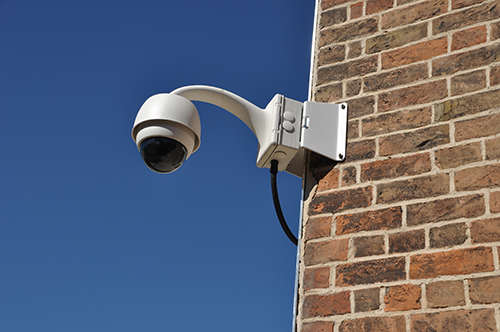When it comes to home security camera installation, there are basically two types of cameras – CCTV installation (close-circuit television are the traditional ones) and IP surveillance systems installation (built with latest technology). For better understanding consider the following differences.
1. Video Quality:
As compared to CCTV cameras, surveillance cameras offer higher video quality. They also come with multiple video site ranges, more zoom-in clarity and greater video details, making object recognition easier. However, CCTV cameras perform better in low light conditions.
2. Resolution:
CCTV installation – bears resolution of NTSC/PAL standard of 720 x 480 pixels (NTSC)/575 (PAL) or 0.4 megapixels (4CIF).
Surveillance systems – resolution varieties from 1.3 megapixels to 5 megapixels (2560 x 1920) of compressed, encoded transmissions.
3. Transmission Media:
CCTV cameras produce better video with coax cable. They can as well operate with twisted-pair cables or wireless connections but videos will be of lower quality. Whereas surveillance cameras provide higher quality videos irrespective of the connection.
4. PoE Capability:
While CCTV installation can’t be PoE powered, surveillance systems can be powered over the twisted-pair Ethernet cable, without the need for electrical wires.
5. Wireless Solution:
Unlike CCTV cameras, surveillance cameras can be easily installed in locations where it is difficult or impossible to run wires.
6. Distance:
With twisted-pair cable, CCTV cameras can send videos only up to 1.5 km and up to 300 metres with a coax cable. Beyond this, video quality deteriorates with increasing distance. Surveillance cameras cover 100 metres over twisted-pair Ethernet cable and with IP network it covers unlimited distance.
7. Intelligence and Manageability:
In contrast to CCTV cameras, a surveillance camera comes loaded with network intelligence and remote manageability, as a result of which images can not only be easily streamed but can as well be sent to various recipient simultaneously. They can as well send notifications as soon as any motion is detected.
8. Installation Difficulty:
While CCTV installation requires individual cables for controlling functions such as zoom, tilt, pan, video, audio and power; in surveillance systems installation all functions can be carried out with a single cable.
9. Security:
Since tapes and recording devices can be stolen and cables can be intercepted, a CCTV camera’s security can be easily breached. In surveillance camera, data is encrypted and compressed before transporting to the server via internet. It also have VPN support.
10. Reliability:
Since CCTV cameras are in use for more than half of a century, they possess history of reliability. But considering data encryption and compression advantage, surveillance cameras have built-in reliability.
11. Expandability:
Since cabling needs are less complex in surveillance cameras, it can be easily expanded as compared to CCTV cameras.
12. Expenditure:
Although in surveillance systems cameras are costly, due to less requirement for cables, recording equipment and labors, its overall cost gets deducted, compared to CCTV installation.
The original source is here: https://alarvacblog.wordpress.com/2021/07/07/top-12-differences-between-cctv-and-surveillance-camera/





0 Comments